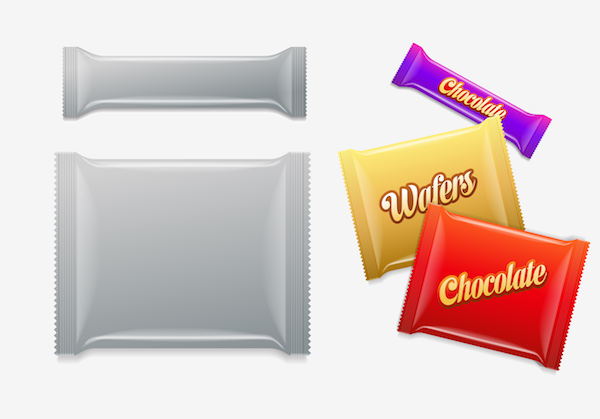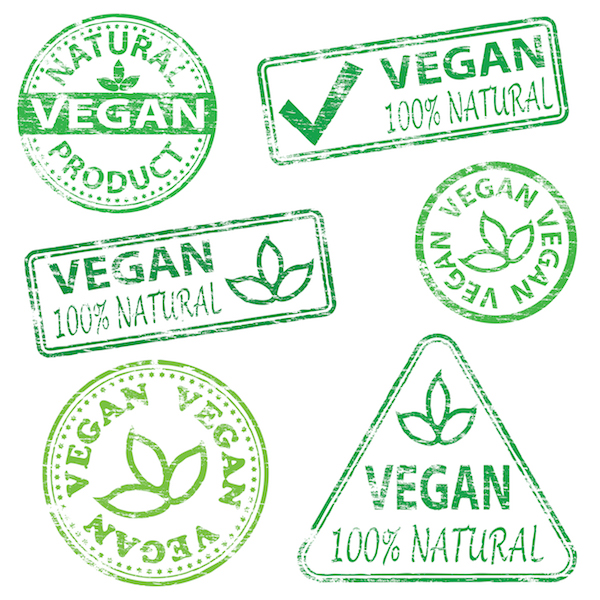When you have a production line handling a large volume of containers that must be sorted and organized in an efficient way, a bottle unscrambler device can prove integral. Here’s an overview of bottle unscrambler technology and its benefits of use.
What Does a Bottle Unscrambler Do? Bottle unscramblers sort—unscramble—containers that are housed in some type of supply hopper and organize them into different groups to be used along a production line conveyor system where they are filled, decorated, and/or put into cases or pallets. They work effectively on a wide range of bottles and containers, including those used in the pharmaceutical, food and beverage, household, chemical and cosmetic industries. This includes items like dairy products, bottled water, juice, car care products, detergents, cleaners, lotions, motor oil, hair care products and many more—all of which often offer the same product but in different size bottles.
How Can a Bottle Unscrambler Help Your Business? These easy-to-integrate systems are often considered to be high on efficiency and simplicity while being flexible enough to work with a number of types of containers in various sizes and shapes without having to stop the process and do a change-over. That’s a lot of benefits for a business that provides a compelling story. But, the advantages of a bottle unscrambler don’t stop here. These are often very flexible devices that can be added to filling machines, labelers, and even automatic assembly systems. This means that it can add convenience and productivity to your business without further complicating your production line or requiring a large capital expenditure. You will even be able to maintain performance quality while taking on new bottles sizes, which often happens in these industries as companies decide to retool their packaging over time. That way, you can keep costs down while not losing this business to another company that can handle the new container types. Some companies have to separate containers using a manual process, but this is cumbersome and unnecessary when a machine is readily available that can unscramble hundreds of bottles per minute and accurately. This will vastly increase productivity and reduce costly errors and labor costs, including training time.
Here are the main points to remember about bottle unscramblers:
- These machines work to separate and organize all types of containers into various sizes and shapes found in an unorganized hopper and send them onto various parts of a production line.
- This equipment has a wide use among many industries, including the pharmaceutical, food and beverage, household, chemical and cosmetic industries.
- They work to effectively speed production through accurate dispersal of containers that simplifies production and lowers costs, especially compared to a manual bottle unscramble process.
Consumers want snack packaging that is easy to open, keeps products fresh, and is easy and convenient to take on-the-go.Continue reading→
Anytime you’re working with food products, there are a multitude of guidelines that must be followed, this is true with dairy packaging and labeling.Continue reading→
The number of babies expected to be born in the next year is less than usual due to the coronavirus problem. However, there are still many babies who need baby bottles and nipples to fulfill their feeding needs.Continue reading→
Candy comes in many forms, shapes and sizes but the common factor is that they all need to be packaged. The package, as it comes down the assembly line, needs to be identified - marked, coded or printed on - and candy is packaged in a variety of substrates.Continue reading→
Consumers are becoming more savvy with regards to their food choices and many are turning to vegan, or plant-based alternatives. While it may seem these terms are interchangeable, as they both exclude animal products, they are not necessarily viewed the same way, says the Plant Based Foods Association (PBFA). Labels on vegan or plant-based products...Continue reading→
According to a study conducted by OnePoll, 75% of those who responded, noted that if the term ‘organic’ was used on the label or in the marketing campaign, they were more likely to make a purchase of said item. Nearly 60% were attracted to any given item if it was labeled ‘all natural’. The survey also found that roughly 20% of the respondents have full trust in organic food labels, with less than 60% having only partial trust.Continue reading→
Remove, Reduce, Recycle, Renew, Re-use. These are five of the original 7 R's of Sustainable Packaging revealed by Wal-Mart when it introduced its Packaging Scorecard to a standing-room only audience at Pack Expo 2006. The mega-retailer has since shortened the list to reduce, reuse and recycle, but also added a new term, rethink, to encourage companies to always remember to consider smarter sustainable options.Continue reading→
In a recent report provided from Research and Markets, the global cosmetic packaging market was valued at $24.86 billion in 2017, with the numbers expected to reach a value of close to $31 billion by 2023. When speaking of cosmetics, the term covers a wide range of products. Beyond makeup, it encompasses everything from toothpaste, deodorant, facial products, bath and body products; primarily anything that touches the skin.Continue reading→
It is estimated that 2 percent of adults and about 5 percent of infants and young children in the U.S. suffer from food allergies. Approximately 30,000 consumers require emergency room treatment and 150 Americans die each year because of allergic reactions to food. As a result, the FDA enacted the Food Allergen Labeling and Consumer Protection Act (FALCPA) in 2004.Continue reading→
Carefully crafted packaging of luxury goods is designed to deliver a high level of on-shelf ‘wow factor’ to the consumer. Items such as premium foods, cosmetics, and perfumes rely on beautifully created packaging. Quality is integral, and within the luxury category, more than others, minimal design is preferred over confusing branding and messaging.Continue reading→











